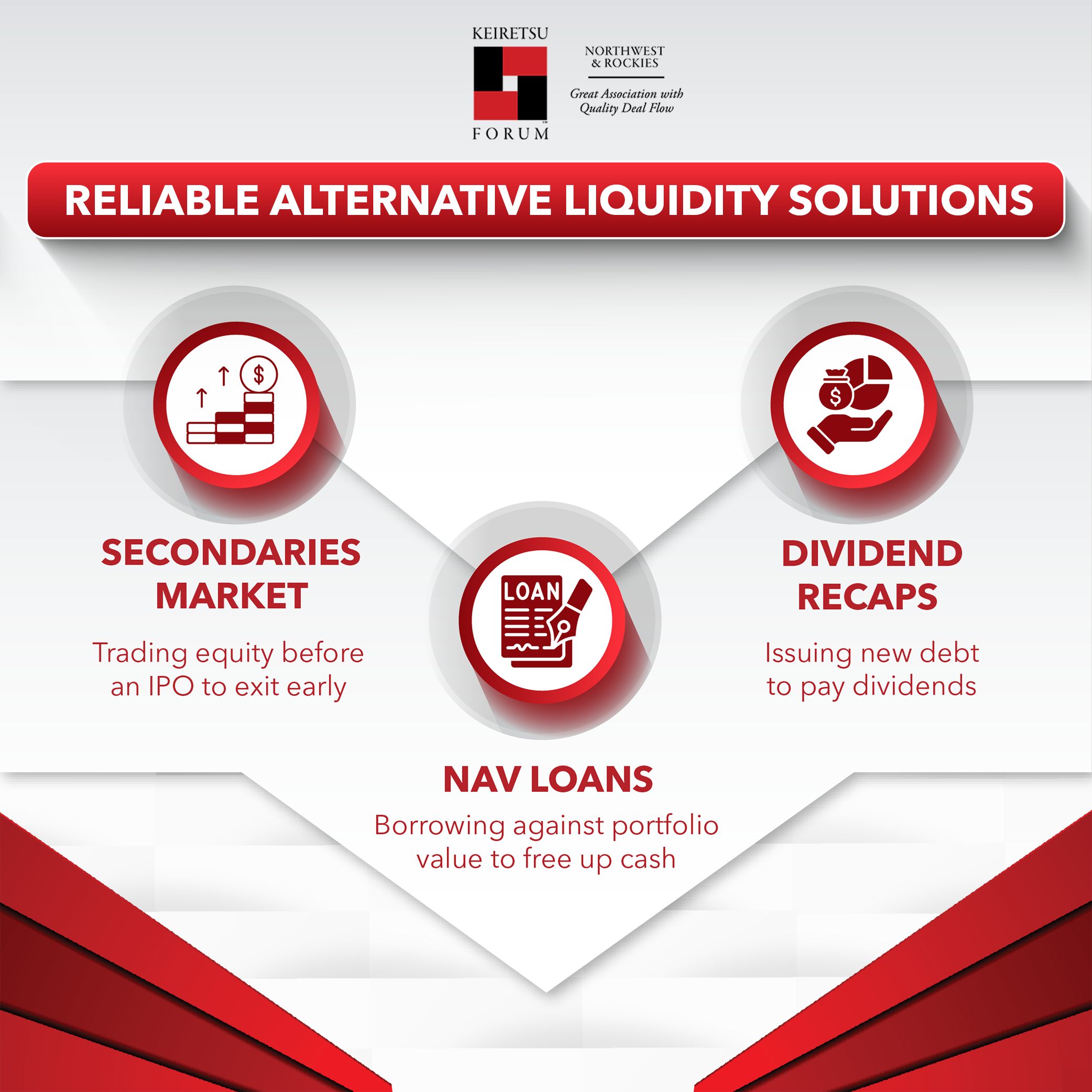
Private equity (PE) firms in the US are holding onto their portfolio companies longer than they have in nearly a decade - a sign of how much the exit landscape has shifted. According to PitchBook’s Q1 2025 Quantitative Perspectives: US Market Insights, the median holding period for a PE-backed company reached 3.4 years by the end of 2024, the longest since 2015. Over 30% of PE-owned companies have now been held for five years or more, another record not seen in close to a decade.
This trend offers a telling snapshot of today’s capital markets, and it’s more than just a PE story. Longer holding periods mean capital stays locked up for extended periods, slowing down the recycling of returns that typically fund new early-stage deals. This circumstance can result in tighter funding environments, lower investor appetite, and lengthier timelines to raise follow-on capital — all of which put added pressure on businesses and their stakeholders. Let’s explore why this is happening and how to weather this storm.
Exit Doors Are Closing, And It’s Slowing Everyone Down
Traditionally, private equity (PE) investors aim for a 3–7 year holding period, long enough to create operational efficiencies, drive financial growth, and establish strategic positioning for a profitable exit, whether through an initial public offering (IPO), acquisition, or secondary sale. But exits have become harder to execute.
In 2023, PE exit value in the US dropped to just $277.3 billion—the lowest total in more than a decade. Higher interest rates, macroeconomic uncertainty, and widening bid-ask spreads have made it tougher to align sellers’ expectations with what buyers are willing to pay.
As Zane Carmean, PitchBook’s director of quantitative research, notes:
“Some of the calculus involved with being able to sell from one sponsor to the next looks materially different. That has the knock-on effect of valuation mismatches between buyers and sellers.”
In short, fewer deals are being completed because the market can't agree on the value of companies. And when exits stall, returns to limited partners (LPs) slow down, putting more pressure on fund managers to find alternative ways to generate liquidity.
It’s the Best Time For Alternative Liquidity Solutions
To bridge the gap, fund managers have leaned heavily on liquidity-generating mechanisms. In 2024, GP- and LP-led secondary transactions hit a decade-high of $160 billion in deal value.
Dividend recapitalizations, where PE firms take out new debt on portfolio companies to pay cash dividends to investors, also surged. By Q1 2024, over 40% of new loans in the PE space included a dividend recap, the highest share since before the pandemic.
This is happening despite relatively high interest rates, indicating how urgently firms are seeking to return capital to their limited partners (LPs).
What Does This Mean for You?
If you’re building a company or backing one at the early stages, these delayed exits at the top of the capital stack have several important implications:
1. Exit Pathways Are Getting Longer
Later-stage investors are holding assets for longer periods, which can cascade down into longer exit timelines for earlier-stage businesses. If your initial exit horizon was 5–7 years, you may want to add a buffer or reevaluate your assumptions entirely.
2. Secondary Markets Will Keep Evolving
The growth in GP- and LP-led secondary deals suggests that liquidity may increasingly come from private, negotiated transactions rather than traditional exits. For business leaders and early investors, this may create more opportunities to sell partial stakes earlier, but only if the company reaches a particular scale or achieves sufficient investor visibility.
3. Valuation Sensitivity Is Higher Than Ever
If buyers and sellers can’t agree on price, even in the relatively mature PE ecosystem, the situation leads to a likely mismatch in valuation during fundraising. For entrepreneurs, that means staying disciplined with fundraising targets and capital efficiency. For investors, it means due diligence should account for more extended holding periods and higher uncertainty in downstream exits.
4. Investor Expectations Are Shifting
With capital returns slowing across private market strategies, from PE and VC to private debt and real estate, LPs may become more selective in the funds they back. This could affect venture capital fundraising dynamics, which in turn could influence your ability to raise follow-on rounds.
From Seed to Series D—Everyone’s Playing a Longer Game
The aging of US PE-backed companies reflects the evolution of capital cycles in a high-rate, post-pandemic world. While the PE world looks different from early-stage investing, the two are part of the same funnel. What happens at the top affects liquidity and strategy all the way down.
For entrepreneurs, this is a reminder to stay adaptable and build for resilience. For angel investors, it’s a signal to recalibrate timelines and diversify exit assumptions.
In a market where exits are scarce, those who plan with patience will be best positioned to thrive.
References:
https://pitchbook.com/news/articles/aging-buyout-portfolios-reach-decade-high?sourceType=NEWSLETTER


